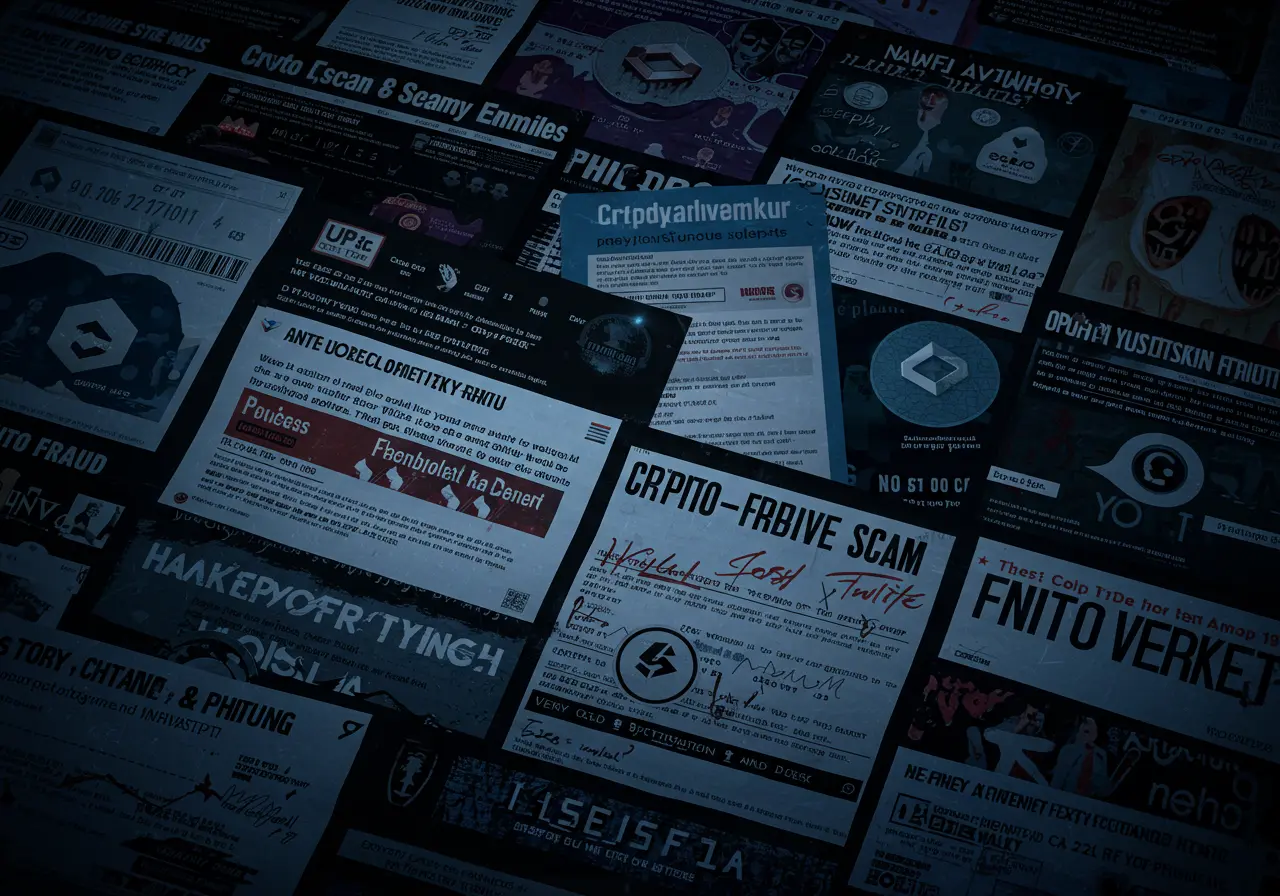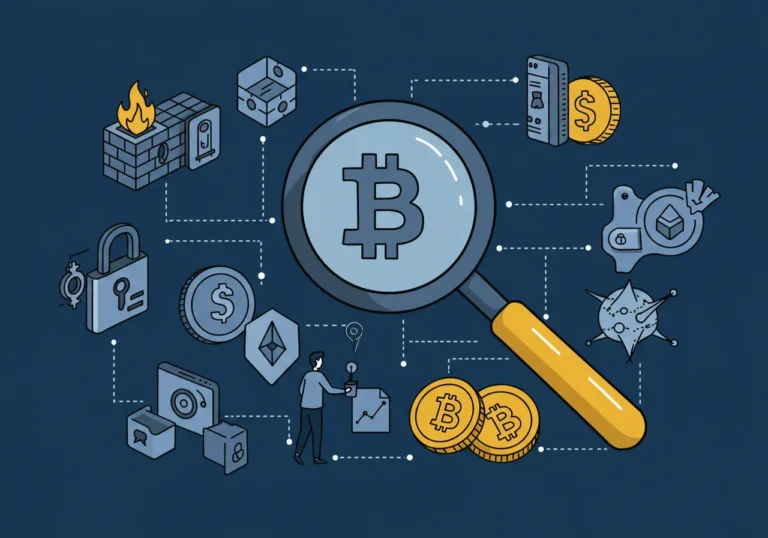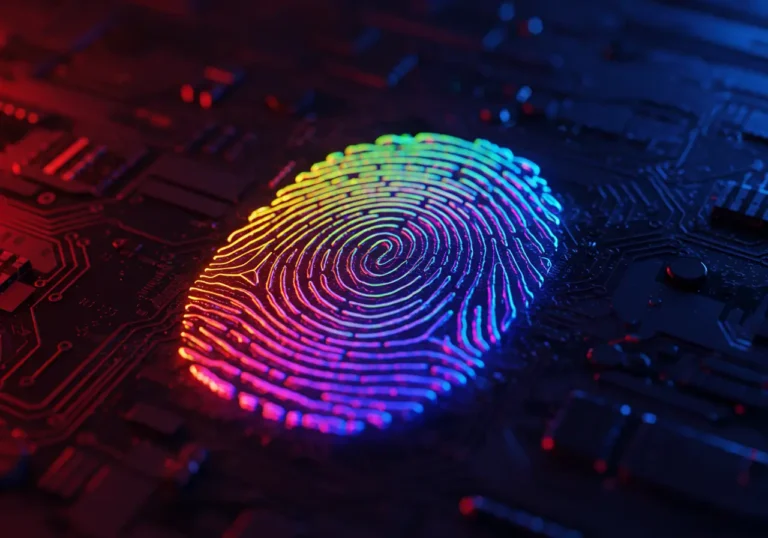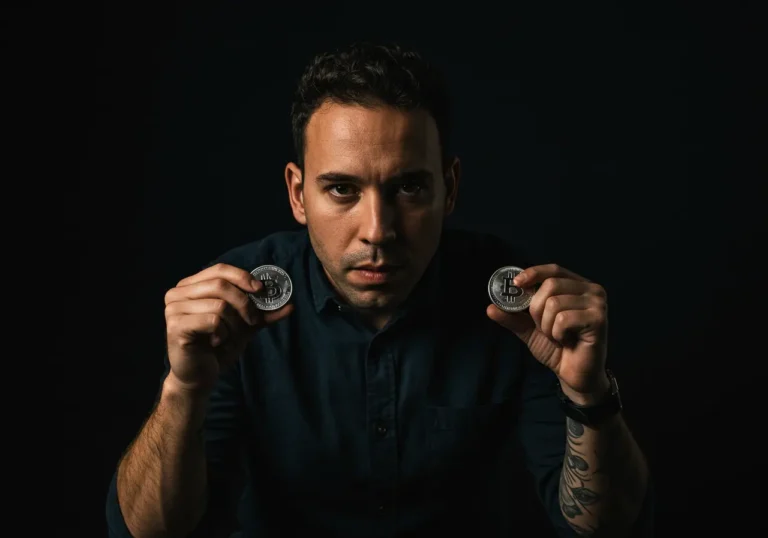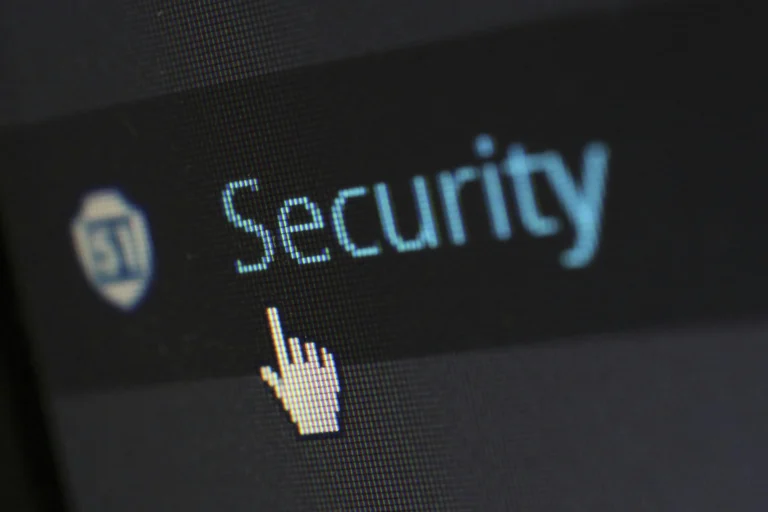Staying Anonymous: Protecting Your Identity in Crypto Transactions
Ever had that heart-stopping moment where you check your pocket—and your wallet’s missing? That sinking feeling? Now imagine someone not just taking your money, but pretending to be you. Your name, your photo, your entire digital life—gone. Creepy, right? That’s why protecting your identity isn’t just a good idea—it’s your secret shield in today’s digital chaos. Let’s dig into how you can keep it safe.

Why Your Identity Matters More Than Your Crypto
Protect your identity first because once it’s stolen, the damage spreads like spilled ink. Thieves don’t just want your Bitcoin. They want you. With your personal details, they can:
- Drain your bank account
- Open credit cards you’ll never see
- Even file fake tax returns (yes, really!)
Identity theft statistics? Brutal. Someone gets hit every 22 seconds. Crypto’s like a neon sign for thieves because it’s hard to trace—unless you make it hard for them.
Your Frontline Defense: Simple Stuff That Works
🔑 Passwords That Don’t Suck
“Password123” isn’t a password. It’s a welcome mat for crooks.
Try this instead:
- Mix it up: Think “BlueCoffee$MakesMeJump37!” (See? Easy to remember, hard to crack)
- One lock, one key: Never reuse passwords. Get a free app like Bitwarden—it remembers them for you.
- Double-lock your doors: Turn on two-factor authentication (2FA) everywhere. Use an app like Google Authenticator—not text messages. Texts can get hijacked.
Pro tip: If a crypto app doesn’t offer 2FA? Walk away. Fast.
🌐 Surfing the Web Without Leaving Footprints
How to secure personal information online starts with common sense:
- Ditch public Wi-Fi for crypto stuff. That free airport network? Hacker heaven. Use your phone’s data or a VPN (think of it as your own private tunnel).
- Spot fake sites: Look for 🔒 + “https://” in your browser bar. Never click “login” links in emails—type the real site’s address yourself.
- Update everything: Your phone, your apps, your laptop. Old software has holes thieves crawl through.
When to Call in the Cavalry

🛡️ Identity Theft Protection Services (Your Digital Bodyguards)
Sometimes you need backup. The best identity protection companies—like Aura or IdentityForce—act like 24/7 guards. Here’s what they do:
| What You Get | Why It Rocks |
|---|---|
| Dark Web Scans | They hunt for your info in sketchy online markets |
| Credit Monitoring | Texts you if someone tries opening a card in your name |
| Identity Theft Insurance | Covers lawyer fees if things go south |
Don’t skip credit monitoring for identity theft. Even if you think “I’ve got nothing,” thieves want your clean record.
🛠️ Free DIY Protection (Zero Excuses)
Short on cash? No problem. Try these identity fraud prevention tips:
- Freeze your credit. It’s free, reversible, and stops new accounts cold.
- Google yourself monthly. Sounds vain? Do it anyway. Set alerts for your name + “crypto” or “lawsuit.”
- Shred old bills and bank stuff. Yes, dumpster diving thieves still exist!
Crypto’s Sneakiest Traps (And How to Dodge ’Em)
🎣 The “Verify Your ID” Scam
Real crypto sites need your ID (it’s called “KYC”). Fraudulent crypto investment websites fake this to steal your info.
Red flags:
- “Upload your passport before you even see our platform!” (Nope.)
- Blurry forms, typos, no privacy policy
- Urgent messages like “YOUR ACCOUNT WILL BE DELETED IN 24 HOURS!”
Safety move: Only give your ID to big-name exchanges like Coinbase or Kraken. Google “[site name] + scam” first.
📧 Phishing Emails That Look Real Enough
Got this gem last week: “Urgent! Your Binance account is frozen. CLICK HERE to verify!”
How it works:
- You panic → You click → You “log in” on a fake page → They’ve got your password
Fight back:
- Hover over links (but don’t click!)—see if the URL looks fishy
- Never log in through email links. Open the real app yourself.
- Got a scammy email? Forward it to the real company’s support team.
When Things Go Wrong (Stay Calm—Here’s Your Plan)
Identity theft insurance coverage helps, but act fast:
- Screenshot everything: Emails, transaction IDs, weird messages.
- File a report at IdentityTheft.gov (U.S.)—they give you a step-by-step plan.
- Call your crypto exchange and freeze withdrawals.
- Alert credit bureaus (Equifax, Experian, TransUnion).
Your Peace-of-Mind Game Plan
Ways to safeguard your identity online aren’t about living in fear. They’re about freedom. Think:
- Strong passwords = Steel doors
- Credit freezes = Invisible shields
- Monitoring = A watchdog that never sleeps
Start small. Today, pick one thing:
- Change your weakest password
- Turn on 2FA for your crypto app
- Freeze your credit (takes 10 minutes!)
Build your armor one piece at a time.
Here’s the kicker: In crypto, you’re the bank. And banks? They guard their vaults.
🔑 Your Identity Safety Cheat Sheet
- Passwords: Long + weird + unique. Use a password manager.
- 2FA: Always. On. Use apps—not SMS.
- Credit Freeze: Do it. Free. Reversible. Life-saving.
- Exchange Checks: Research before handing over your ID.
- Phishing: Don’t click. Don’t panic. Type URLs yourself.
- Monitoring: Worth it for the scans + insurance.
- Wi-Fi: No crypto on public networks. Use data or VPN.
- Shred It: Old docs with your name? Destroy ’em.
Table of Contents

Hello, I’m Edmilson Dias, founder of CoinBringer. I created this platform to guide people through the fast-moving world of cryptocurrency with clarity and safety. With years of research in blockchain and digital security, my goal is to translate complex topics into practical knowledge, offering reliable tutorials, safety insights, and guidance for both newcomers and experienced users.
Discover more from CoinBringer
Subscribe to get the latest posts sent to your email.

